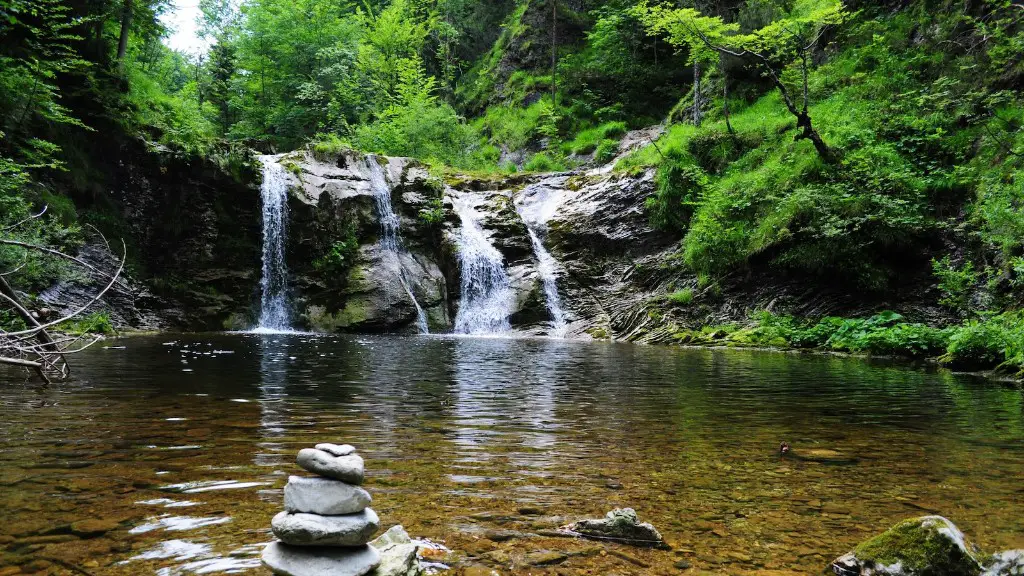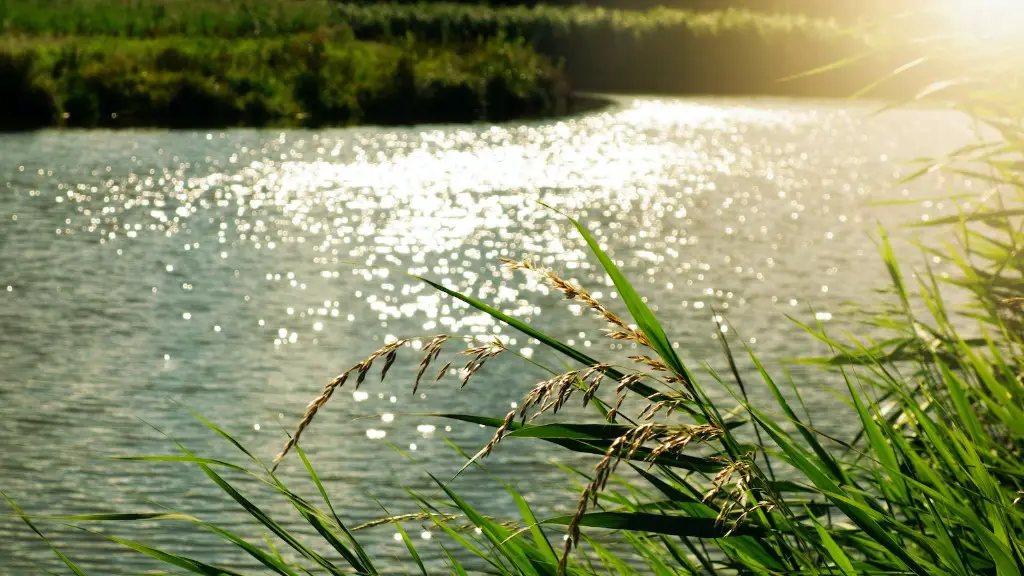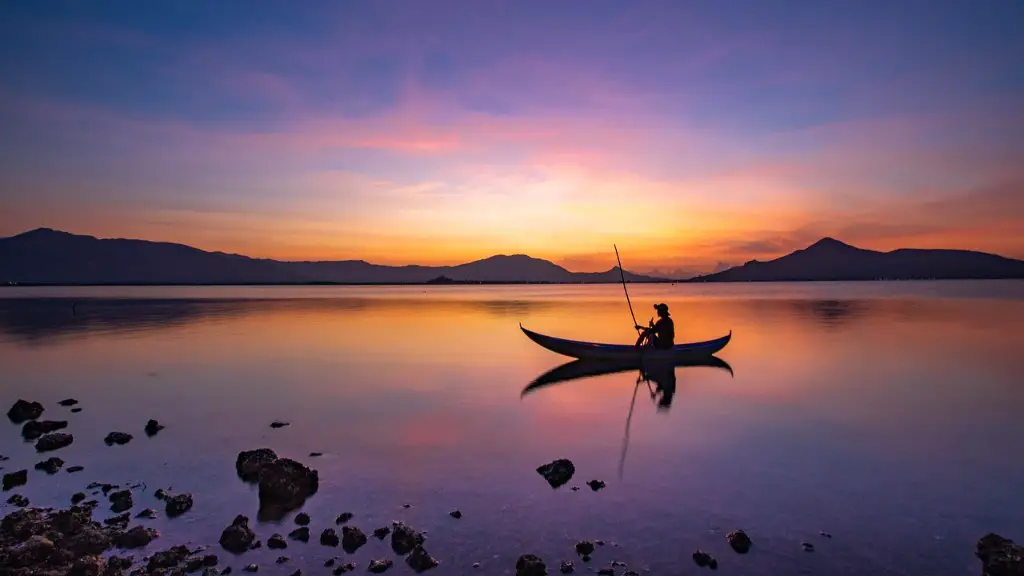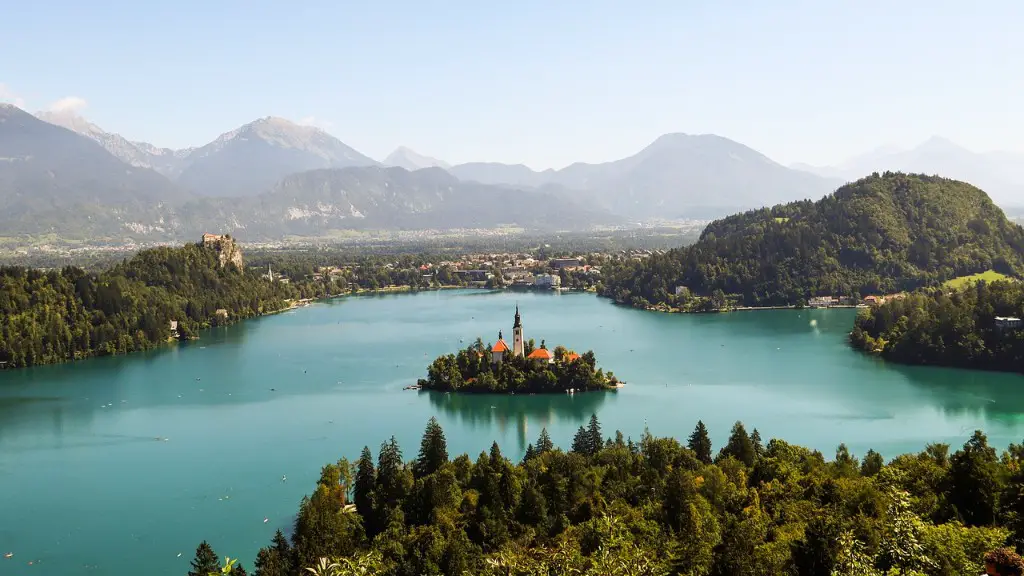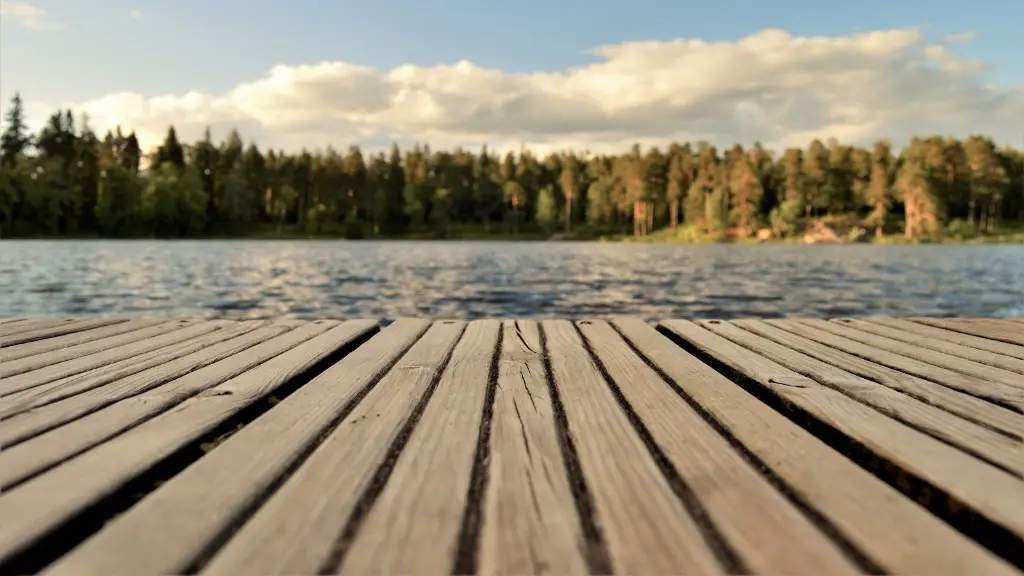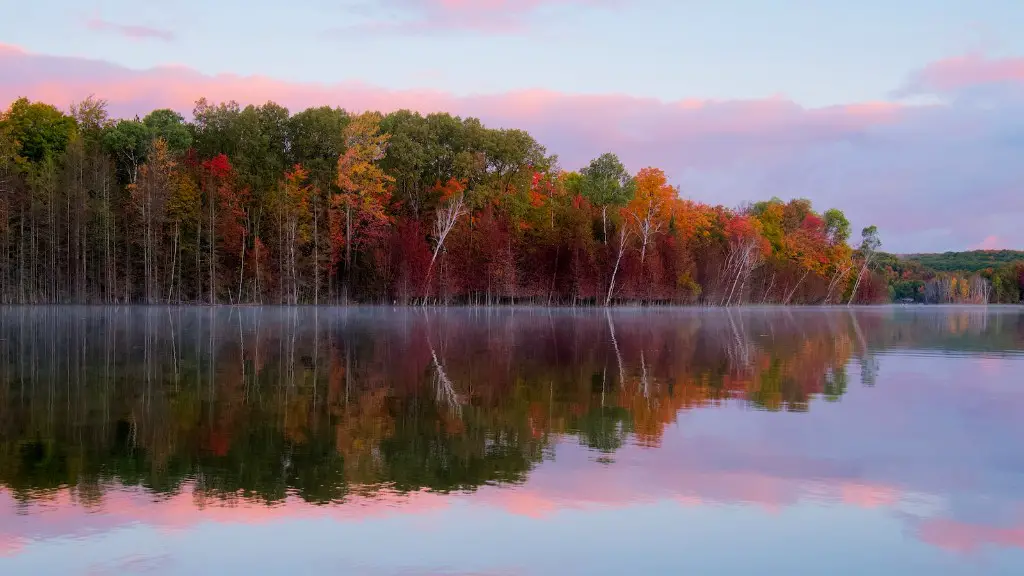Crater Lake is a freshwater lake in the U.S. state of Oregon. It is the main feature of Crater Lake National Park and is famous for its deep blue color and water clarity. The lake is located in a volcanic crater, and its blue color is due to the large amount of dissolved minerals in the water.
Crater Lake is located in the caldera of Mount Mazama in Oregon. It is the deepest lake in the United States and one of the deepest lakes in the world.
What is special about Crater Lake?
The lake’s water comes directly from snow or rain, which means that no sediment or mineral deposits are carried into the lake. This helps the lake maintain its rich blue color and makes it one of the cleanest and clearest lakes in the world.
Crater Lake is a beautiful place to visit and there are many activities to do while there. Approximately 500,000 people visit Crater Lake each year, and in the summer months visitors can participate in hiking, boat tours, trolley tours, ranger-guided programs, swimming, fishing, camping, and many other activities. Crater Lake is a great place to enjoy the outdoors and spend time with family and friends.
Is Crater Lake Oregon worth visiting
If you find yourself in southern Oregon, be sure to check out Crater Lake National Park. The lake is incredibly deep and blue, and there are plenty of great summit views to take in. You won’t regret spending some time in this special place.
Crater Lake is one of the snowiest places in America, with an average of 43 feet of snow per year. This means that there are only a few months when people can swim at Crater Lake, usually from June through September.
Can you still swim in Crater Lake?
The Cleetwood Cove Trail is the only trail that provides access to the lake for swimming. The trail typically opens in late June and is the only place where it is safe and legal to swim in the lake.
Crater Lake is one of the most popular swimming destinations in Oregon. The lake is located in the crater of a volcano and is surrounded by cliffs. There is a trail that leads down to the shoreline from the rim of the crater. The water is very cold but it is a beautiful place to swim.
What are the dangers of Crater Lake?
A hydrothermal explosion is a type of volcanic eruption that occurs when water heated by magma suddenly flashes to steam, causing an explosion. This can happen when magma comes into contact with groundwater or when groundwater seeps into cracks in the rock and is heated by hot magma.
Ash and tephra fall from the sky during a volcanic eruption. Tephra is a solid material that is ejected from a volcano during an eruption. It can be made up of anything from small particles of rock to large boulders. Ash is a type of tephra that is made up of very small particles of rock and glass.
A pyroclastic surge is a fast-moving wave of hot gas and ash that can travel down the slopes of a volcano during an eruption. Pyroclastic surges are more dangerous than regular ash clouds because they are much hotter and can move much faster.
Lahars are a type of mudflow that can occur during or after a volcanic eruption. Lahars are created when water mixes with volcanic ash and debris to create a thick, muddy mixture that can flow quickly down the slopes of a volcano. Lahars can be extremely dangerous, as they can bury and destroy everything in their path.
L
Crater Lake is a sacred site for the tribe members. They believe that the lake is a doorway to the underworld and is full of dangerous beings. The tribe members fear these beings and avoid the lake.
What is a problem in Crater Lake
An invasive species is a plant that is not native to an ecosystem and that has a tendency to spread and cause damage to the environment, economic crops, human health, or indigenous species. Crater Lake National Park is threatened by invasive plants, but there are still areas in the park that are free of them. This is due to the fact that the park is home to a variety of native plant species that are resistant to invasions.
If you’re planning on visiting Crater Lake National Park, the best time to do so is during the summer months of July, August, and September. That’s when the park’s roads, trails, and facilities are usually fully open. May and June are months of transition in the park, as winter slowly gives way to summer.
What do people do at Crater Lake?
Crater Lake is a stunning natural wonder, and the Rim Drive is the perfect way to experience it. With 30 different overlooks, there are plenty of opportunities to take in the views of the lake, the surrounding landscape, and the wildflowers. And for those who love to camp and stargaze, there are plenty of opportunities to do so as well. With some advance planning, fishing is also an option.
Assuming you would like an article on the topic:
Crater Lake may be Oregon’s deepest and most spectacular lake, but it’s not the state’s only body of water worth seeing. In fact, there are several other lakes located much closer to the state’s largest city, Portland, than Crater Lake.
Medford, Eugene and Bend are all much closer to Crater Lake than Portland. In Medford, the lake is only about an hour’s drive away. Eugene is even closer, with Crater Lake less than two hours away. And Bend is the closest of all, with a driving time of less than three hours.
All three of these cities offer a variety of activities for visitors, as well as a number of hotels and restaurants. So if you’re looking for a place to stay while you visit Crater Lake, you’ll have plenty of options.
What is at the bottom of Crater Lake
Crater Lake is a beautiful and serene place, made even more so by the Dead Aquatic Moss tunnel. This is a naturally occurring wonder that is created by the accumulation of dead moss layers over thousands of years. The moss gets so thick in some places that it creates a tunnel – an ethereal place where one can feel like they are in another world. If you are ever in Crater Lake, be sure to take the time to explore this fascinating phenomena.
The crowds at Crater Lake National Park are sure to please. With plenty of options for things to see and do, you’re sure to find something that interests you. Be sure to follow the crowds across the road and to the top of the trail, where you can get a great view of the lake. From there, you can descend 700 feet in just over a mile to the shores of Crater Lake, where you can touch the water and get a closer look at the stunning scenery.
Are there any fish in Crater Lake?
The stocking of Lake Conemaugh with seven different species of fish between 1888 and 1941 resulted in only two of those species thriving today. It is currently estimated that the lake supports approximately 60,000 kokanee salmon (Oncorhynchus nerka; landlocked sockeye salmon) and rainbow trout.
The park’s water claim for the lake is for the preservation and protection of all natural habitats and the conservation of scenery. It is not for human consumption. The water in the lake is not safe for humans to drink and is not intended for human use. The park is committed to preserving the natural beauty of the lake and its surroundings for future generations to enjoy.
Conclusion
Crater Lake is a lake in Oregon that was formed by the eruption and collapse of Mount Mazama about 7,700 years ago. Crater Lake is the deepest lake in the United States and the ninth deepest in the world, with a depth of 1,949 feet (594 meters).
Crater Lake Oregon is one of the most beautiful places on Earth. The lake is so clear and blue that it looks like a giant swimming pool. The crater is surrounded by lush forest and there are plenty of hiking trails to explore.
